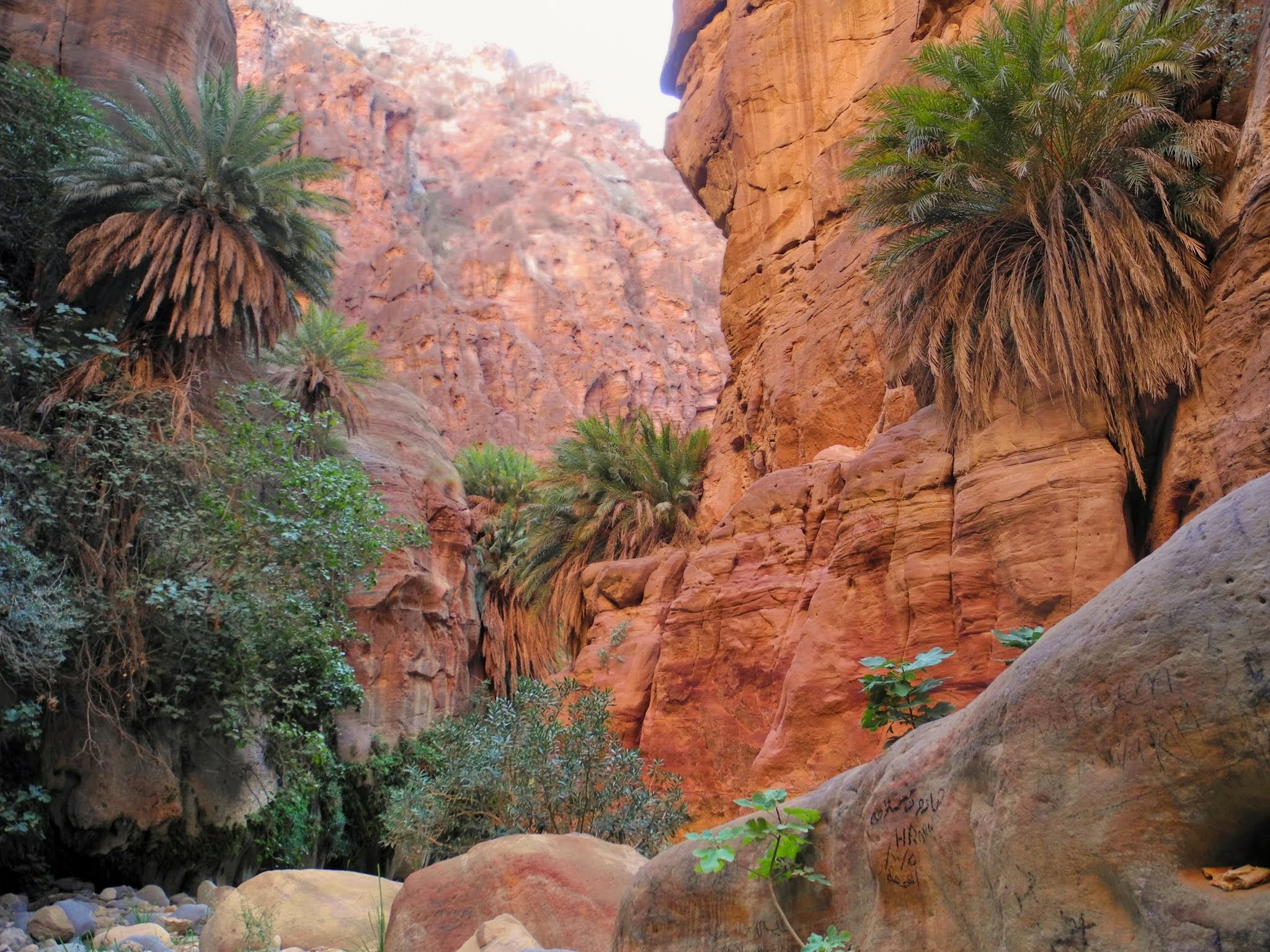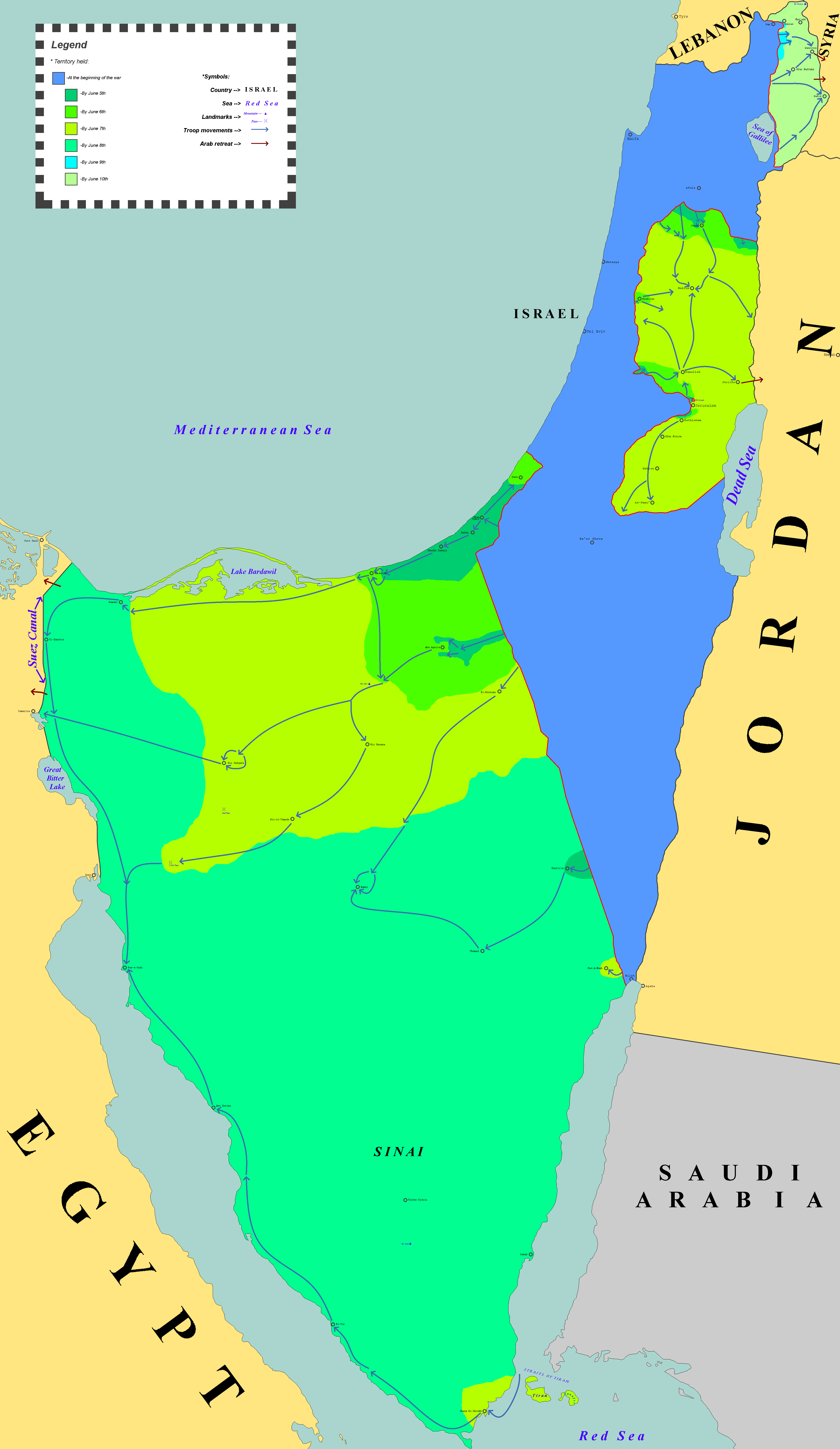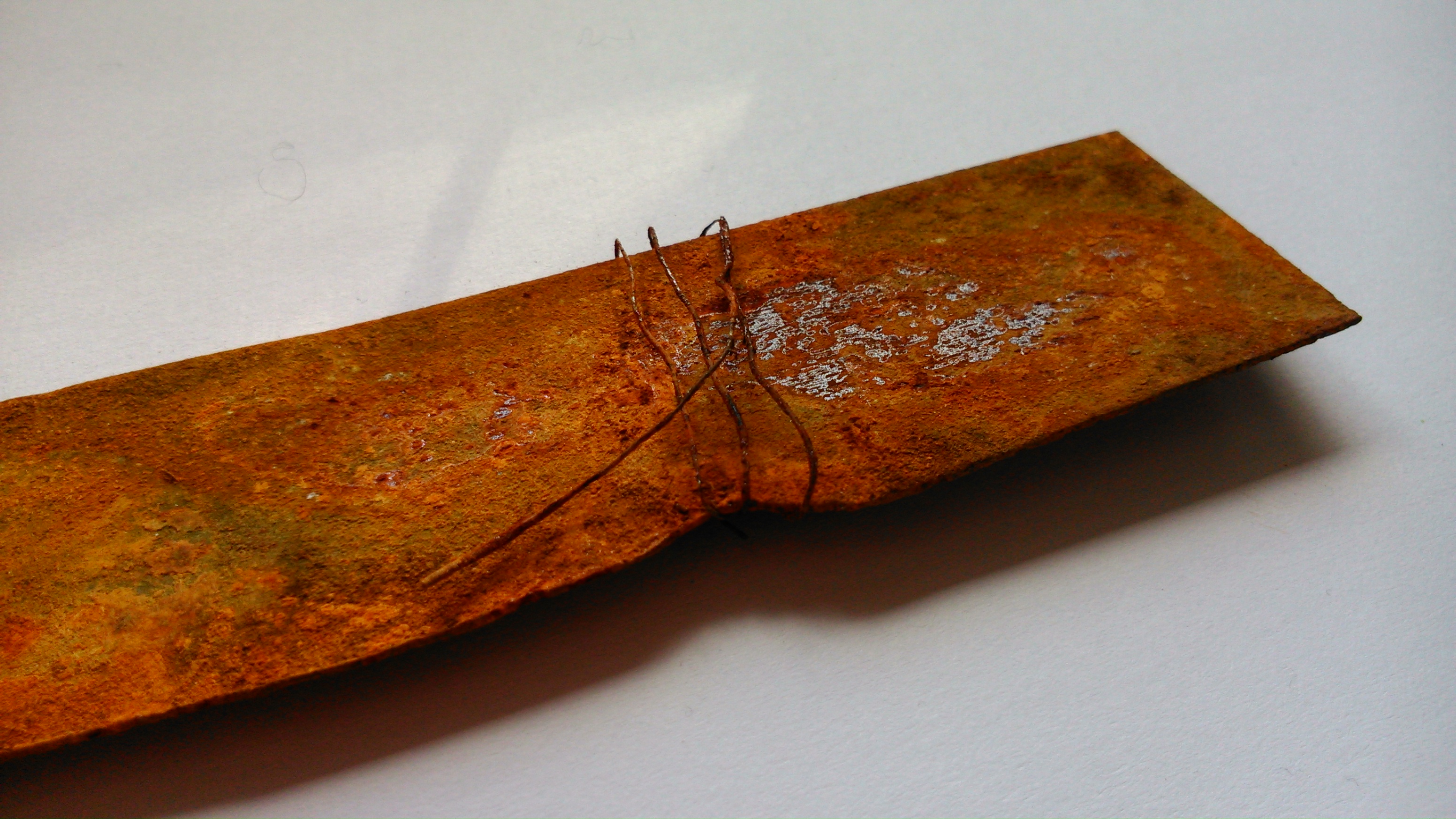|
Ma'ale Adummim
Ma'ale Adumim (; ) is an urban Israeli settlement organized as a city council in the West Bank, seven kilometers () east of Jerusalem. Ma'ale Adumim achieved city status in 1991. In 2015, its population was . It is located along Highway 1, which connects it to Jerusalem and the Tel Aviv Metropolitan Area. The international community holds that Israeli settlements in the West Bank, within Israel, termed Judea and Samaria, are illegal under international law. Israel does not agree with this view and the position of successive Israeli governments is that all authorized settlements are legal and consistent with international law. Etymology The town name is taken from two mentions made of an area marking the boundaries between two Israelite tribes in the Book of Joshua. At , in a passage on the inheritance of the Tribe of Judah, it is stated that part of the boundary ran from Debir to Gilgal, facing the ''ascent of Adumim'', which the text places south of the wadi. At , in a desc ... [...More Info...] [...Related Items...] OR: [Wikipedia] [Google] [Baidu] |
List Of Cities In Israel
This article lists the 73 localities in Israel that the Ministry of Interior (Israel), Israeli Ministry of Interior has designated as a City council (Israel), city council. It excludes the 4 List of Israeli settlements with city status in the West Bank, Israeli settlements in the West Bank designated as cities, but Israeli occupation of the West Bank, occupied East Jerusalem is included within Jerusalem. The list is based on the current index of the Israel Central Bureau of Statistics (CBS). Within Local government in Israel, Israel's system of local government, an urban municipality can be granted a city council by the Interior Ministry when its population exceeds 20,000. The term "city" does not generally refer to Local council (Israel), local councils or urban agglomerations, even though a defined city often contains only a small portion of an urban area or metropolitan area's population. List As for 2022, Israel has 18 cities with populations over 100,000, including Jeru ... [...More Info...] [...Related Items...] OR: [Wikipedia] [Google] [Baidu] |
Wadi
Wadi ( ; ) is a river valley or a wet (ephemerality, ephemeral) Stream bed, riverbed that contains water only when heavy rain occurs. Wadis are located on gently sloping, nearly flat parts of deserts; commonly they begin on the distal portions of alluvial fans and extend to inland sabkhas or dry lakes. Permanent channels do not exist, due to lack of continual water flow. Water percolates down into the stream bed, causing an abrupt loss of energy and resulting in vast deposition. Wadis may develop dams of sediment that change the stream patterns in the next flash flood. Wadis tend to be associated with centers of human population because sub-surface water is sometimes available in them. Nomadic and pastoral desert peoples will rely on seasonal vegetation found in wadis, even in regions as dry as the Sahara, as they travel in complex transhumance routes. The centrality of wadis to water – and human life – in desert environments gave birth to the distinct sub-field of wadi h ... [...More Info...] [...Related Items...] OR: [Wikipedia] [Google] [Baidu] |
Six-Day War
The Six-Day War, also known as the June War, 1967 Arab–Israeli War or Third Arab–Israeli War, was fought between Israel and a coalition of Arab world, Arab states, primarily United Arab Republic, Egypt, Syria, and Jordan from 5 to 10June 1967. Military hostilities broke out amid poor relations between Israel and its Arab neighbors, which had been observing the 1949 Armistice Agreements signed at the end of the 1948 Arab–Israeli War, First Arab–Israeli War. In 1956, regional tensions over the Straits of Tiran (giving access to Eilat, a port on the southeast tip of Israel) escalated in what became known as the Suez Crisis, when Israel invaded Egypt over the Israeli passage through the Suez Canal and Straits of Tiran, Egyptian closure of maritime passageways to Israeli shipping, ultimately resulting in the re-opening of the Straits of Tiran to Israel as well as the deployment of the United Nations Emergency Force (UNEF) along the Borders of Israel#Border with Egypt, Egypt ... [...More Info...] [...Related Items...] OR: [Wikipedia] [Google] [Baidu] |
Israeli Occupation Of The West Bank
The West Bank, including East Jerusalem, has been under military occupation by Israel since 7 June 1967, when Israeli forces captured the territory, then ruled by Jordan, during the Six-Day War. The status of the West Bank as a militarily occupied territory has been affirmed by the International Court of Justice and, with the exception of East Jerusalem, by the Israeli Supreme Court. The West Bank, excepting East Jerusalem, is administered by the Israeli Civil Administration, a branch of the Israeli Ministry of Defense. Considered to be a classic example of an "intractable conflict", Israel's occupation is now the longest in modern history. Though its occupation is illegal, Israel has cited several reasons for retaining the West Bank within its ambit: historic rights stemming from the Balfour Declaration; security grounds, both internal and external; and the area's symbolic value for Jews. Israel has controversially, and in contravention of international law, establis ... [...More Info...] [...Related Items...] OR: [Wikipedia] [Google] [Baidu] |
Jordanian Annexation Of The West Bank
The Jordanian administration of the West Bank officially began on 24 April 1950, and ended with the decision to sever ties on 31 July 1988. The period started during the 1948 Arab–Israeli War, when Jordan occupied and subsequently annexed the portion of Mandatory Palestine that became known as the West Bank, including East Jerusalem. The territory remained under Jordanian control until it was Israeli-occupied territories, occupied by Israel during the 1967 Six Day War and eventually Jordan renounced its claim to the territory in 1988.Raphael Israeli, Jerusalem divided: the armistice regime, 1947–1967, Volume 23 of Cass series – Israeli history, politics, and society, Psychology Press, 2002, p. 23. During the December 1948 Jericho Conference, hundreds of Palestinian notables in the West Bank gathered, accepted Jordanian rule and recognized Abdullah as ruler. The West Bank was formally annexed on 24 April 1950, but the annexation was widely considered as illegal and void by ... [...More Info...] [...Related Items...] OR: [Wikipedia] [Google] [Baidu] |
Negev
The Negev ( ; ) or Naqab (), is a desert and semidesert region of southern Israel. The region's largest city and administrative capital is Beersheba (pop. ), in the north. At its southern end is the Gulf of Aqaba and the resort town, resort city and port of Eilat. It contains several development towns, including Dimona, Arad, Israel, Arad, and Mitzpe Ramon, as well as a number of small Negev Bedouin, Bedouin towns, including Rahat, Tel Sheva, and Lakiya. There are also several kibbutzim, including Revivim and Sde Boker; the latter became the home of Israel's first Prime Minister of Israel, prime minister, David Ben-Gurion, after his retirement from politics. Although historically part of a separate region (known during the Roman Empire, Roman period as Arabia Petraea), the Negev was added to the proposed area of Mandatory Palestine, of which large parts later became Israel, on 10 July 1922, having been conceded by British representative St John Philby "in Emirate of Transjordan, ... [...More Info...] [...Related Items...] OR: [Wikipedia] [Google] [Baidu] |
Tel Arad
Tel Arad () or Tell 'Arad () is an archaeological site consisting of a lower section and a Tell (archaeology), tell or mound, located west of the Dead Sea, about west of the Israeli city of Arad, Israel, Arad in an area surrounded by mountain ridges which is known as the Arad Plain. The site is about 10.1 ha (25 acres) in size. The lower Canaanite settlement and the upper Judahite fortress are now part of the Tel Arad National Park (Israel), National Park, which has undertaken projects to restore the upper and lower sites and opened them to the public. Proposed identification It was first identified in modern literature in 1841 by Edward Robinson (scholar), Edward Robinson in his ''Biblical Researches in Palestine'', on account of the similarity of the Arabic place name, Tell 'Arad, with the ''Arad'' in the Book of Joshua. Elitsur observes that although the site remained uninhabited for the last 1,100 years, the name has endured, preserved by nomads. Not the site of Canaanite ... [...More Info...] [...Related Items...] OR: [Wikipedia] [Google] [Baidu] |
Bedouin
The Bedouin, Beduin, or Bedu ( ; , singular ) are pastorally nomadic Arab tribes who have historically inhabited the desert regions in the Arabian Peninsula, North Africa, the Levant, and Mesopotamia (Iraq). The Bedouin originated in the Syrian Desert and Arabian Desert but spread across the rest of the Arab world in West Asia and North Africa after the spread of Islam. The English word ''bedouin'' comes from the Arabic ''badawī'', which means "desert-dweller", and is traditionally contrasted with ''ḥāḍir'', the term for sedentary people. Bedouin territory stretches from the vast deserts of North Africa to the rocky ones of the Middle East. They are sometimes traditionally divided into tribes, or clans (known in Arabic as ''ʿašāʾir''; or ''qabāʾil'' ), and historically share a common culture of herding camels, sheep and goats. The vast majority of Bedouins adhere to Islam, although there are some fewer numbers of Christian Bedouins present in the Fertile Cres ... [...More Info...] [...Related Items...] OR: [Wikipedia] [Google] [Baidu] |
Jahalin Bedouin
The Jahalin Bedouin are a Palestinian and Lebanese tribe of Bedouin Arabs who currently live in the eastern Judaean Desert in the West Bank and Bekaa Valley of Lebanon History South of Hebron (1875-1952) In March 1875 Claude R. Conder, leader of the Palestine Exploration Fund survey team, reported the land south of Ain Jidy, close to Masada, belonged to the Jahalin. He met one of their sheikhs, Abu Dahuk, and noted the size and strength of their horses and their fondness for tobacco. He states that they had recently been driven from their country by Dhullam Arabs and mentions a war going on three hours from the team's camp at Bayt Jibrin. Earlier in the same year one of Conder's colleagues on the survey listed the Jahalin as numbering 150 men, with 100 tents, after noting the "utmost civility" of all Arabs, settled or Bedouin, from the Ghor area (the Jordan River and Dead Sea rift valley). The Jahalin lived in the Tel Arad region of the Negev at the time of the creation of t ... [...More Info...] [...Related Items...] OR: [Wikipedia] [Google] [Baidu] |
Dead Sea
The Dead Sea (; or ; ), also known by #Names, other names, is a landlocked salt lake bordered by Jordan to the east, the Israeli-occupied West Bank to the west and Israel to the southwest. It lies in the endorheic basin of the Jordan Rift Valley, and its main tributary is the Jordan River. As of 2025, the lake's surface is below sea level, making its shores the Lowest elevations, lowest land-based elevation on Earth. It is deep, the deepest hypersaline lake in the world. With a salinity of 342 g/kg, or 34.2% (in 2011), it is one of the List of bodies of water by salinity, world's saltiest bodies of water, 9.6 times as Seawater#Salinity, salty as the ocean—and has a density of 1.24 kg/litre, which makes swimming similar to Buoyancy, floating. This salinity makes for a harsh environment in which plants and animals cannot flourish, hence its name. The Dead Sea's main, northern basin is long and wide at its widest point. The Dead Sea has attracted visitors from around th ... [...More Info...] [...Related Items...] OR: [Wikipedia] [Google] [Baidu] |
Iron Oxide
An iron oxide is a chemical compound composed of iron and oxygen. Several iron oxides are recognized. Often they are non-stoichiometric. Ferric oxyhydroxides are a related class of compounds, perhaps the best known of which is rust. Iron oxides and oxyhydroxides are widespread in nature and play an important role in many geological and biological processes. They are used as iron ores, pigments, catalysts, and in thermite, and occur in hemoglobin. Iron oxides are inexpensive and durable pigments in paints, coatings and colored concretes. Colors commonly available are in the " earthy" end of the yellow/orange/red/brown/black range. When used as a food coloring, it has E number E172. Stoichiometries Iron oxides feature as ferrous ( Fe(II)) or ferric ( Fe(III)) or both. They adopt octahedral or tetrahedral coordination geometry. Only a few oxides are significant at the earth's surface, particularly wüstite, magnetite, and hematite. * Oxides of FeII ** FeO: ir ... [...More Info...] [...Related Items...] OR: [Wikipedia] [Google] [Baidu] |









